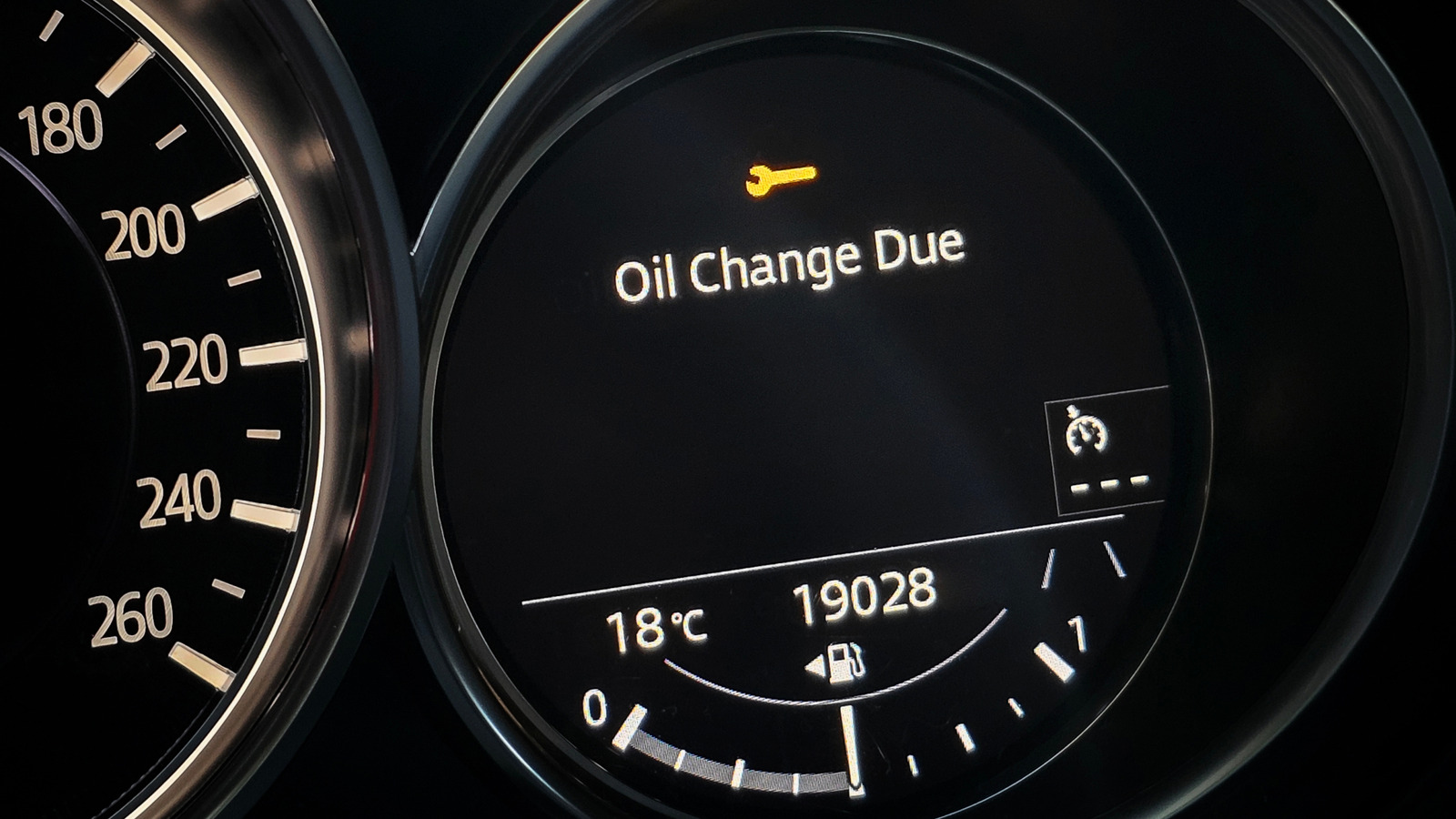Faster Delivery in 3-5 Days
Faster Delivery in 3-5 Days

When it comes to keeping your vehicle in top shape, few things are as important—or as easy to overlook—as regular oil changes. Fortunately, with modern technology like Autel car diagnostic tools, staying on top of your maintenance schedule is simpler than ever.
Autel’s scan tools not only help you read fault codes and monitor live data, but also allow you to reset your oil change reminder, check oil life percentage, and even perform full system diagnostics. Whether you're a DIY enthusiast or a professional technician, using a tool like the Autel MK808S or MD906 Pro ensures your vehicle stays healthy between services.
But that brings up a common question: how often should you actually change your engine oil? Let’s take a closer look.

A mechanic performing an oil change on a vehicle in a service bay
Your engine oil serves multiple purposes. It lubricates moving parts, cools down components, cleans out sludge, and protects against rust. Over time, oil breaks down, especially if you're driving in tough conditions like stop-and-go traffic or extreme weather.
If you delay oil changes too long, it can lead to:
Regular oil changes are your first line of defense against serious engine trouble.
Most car manufacturers in the U.S. recommend an oil change every 5,000 to 7,500 miles, or every 6 months—whichever comes first. But the best interval depends on your driving habits, the type of engine you have, and what kind of oil you use.
| Driving Condition | Suggested Interval |
| Normal driving (highway mix) | 7,500–10,000 miles |
| City driving / short trips | Every 3,000–5,000 miles |
| Turbocharged engine | Every 3,000–5,000 miles |
| Towing or hot climates | Every 3,000–5,000 miles |
Tip: If you’re doing mostly short trips under 5 miles, your engine may not get hot enough to burn off moisture. This can cause your oil to degrade faster—even if your mileage stays low.

The dashboard of the vehicle will display a reminder to change the oil as soon as possible
Most newer cars require full synthetic oil, especially if they have a turbocharger or operate under higher stress.
Putting off oil changes can:
Routine oil changes (typically $40–$90) are a small investment compared to a full engine rebuild or replacement.
After changing your oil, your vehicle’s dashboard may still display a “maintenance required” or “oil change due” message. This is where Autel diagnostic tools come in handy.

The oil change due indicator appears on the car dashboard
Popular Autel Scanners for Oil Resets:
How to Reset Your Oil Light:
Step 1: Plug your Autel device into the OBD-II port (below the dashboard)
Step 2: Turn the ignition ON, but don’t start the engine
Step 3: From the main menu, select "Service" → "Oil Reset"
Step 4: Choose your vehicle make and model
Step 5: Follow the step-by-step prompts
Step 6: Turn off the ignition, restart the car, and confirm the light is gone
With the right Autel tool, you can also log past maintenance, set service intervals, and check the oil life percentage—all from a single touchscreen interface.
By combining consistent oil changes with smart tools like Autel’s professional-grade scanners, you’ll extend your engine’s life, improve fuel economy, and drive with peace of mind.